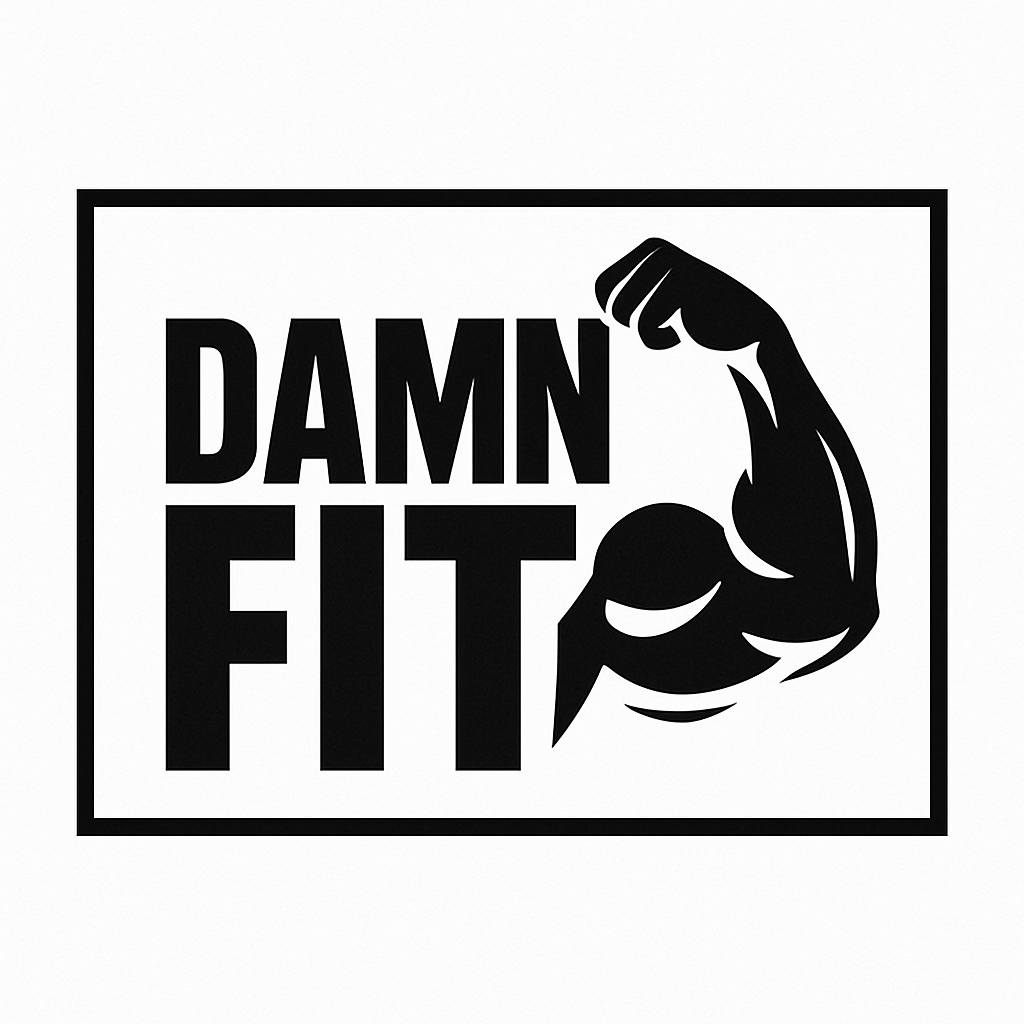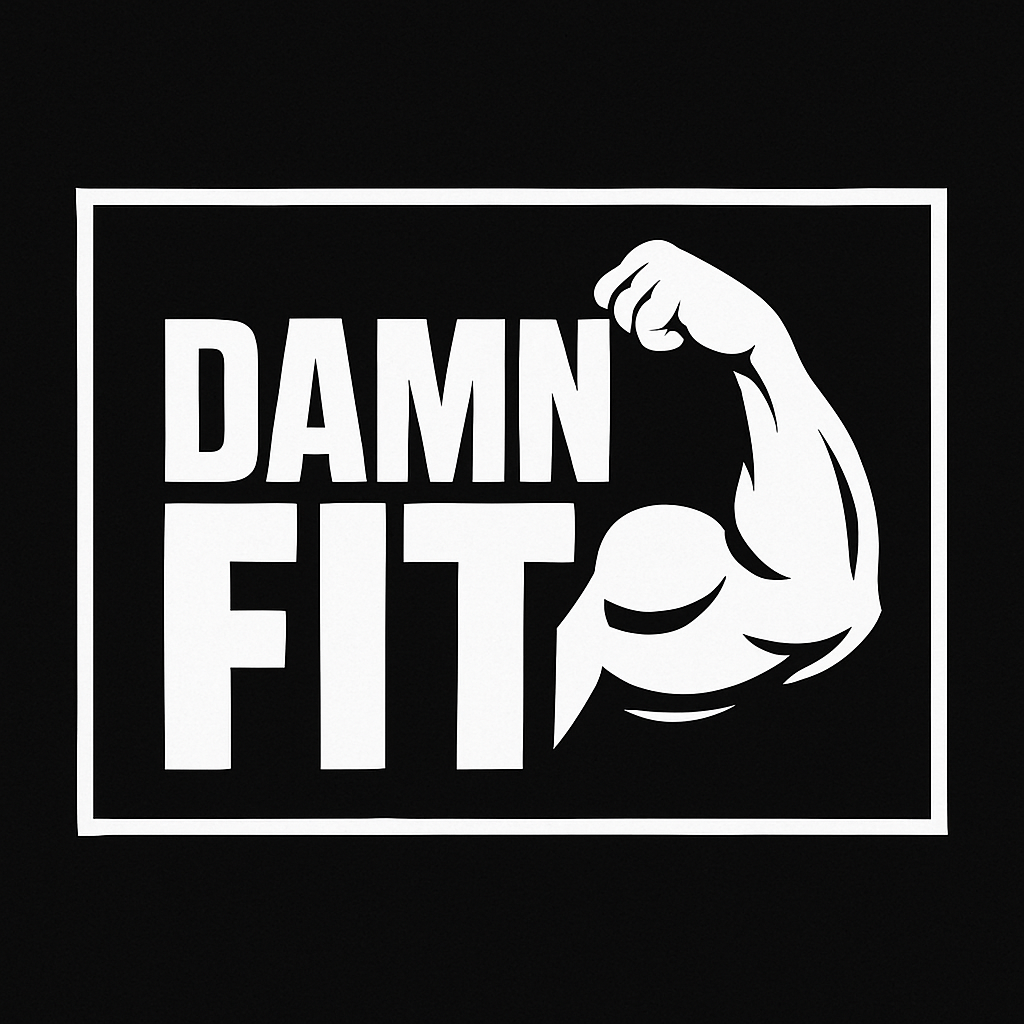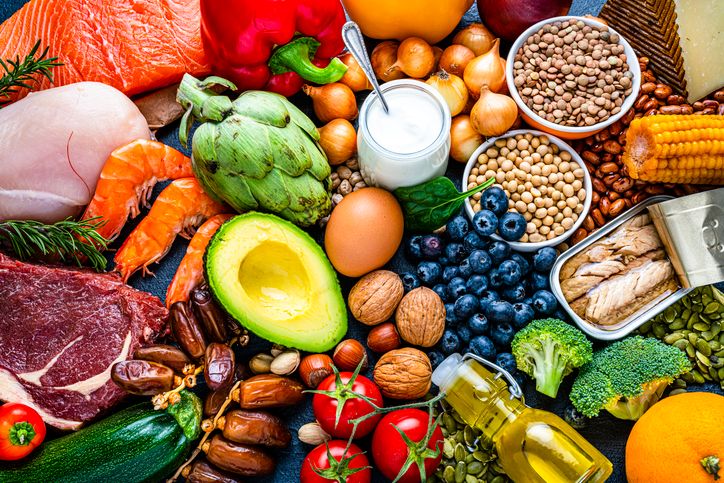Vegetables frequently don’t receive the attention they merit in the realm of Fitness foods. Vegetables subtly supply the vitamins, minerals, antioxidants, and fibre your body needs to function, heal, and develop, whereas the majority of people concentrate on protein shakes and supplements. The correct vegetables can significantly enhance your outcomes, whether you’re trying to maintain your energy levels, lose weight, or gain muscle.
With thorough explanations of the minerals, health advantages, vitamins, applications, recipes, safety measures, and more, this blog examines 20 superfoods or Fitness Foods that every fitness enthusiast should eat.
First In Fitness Foods ( Spinach )
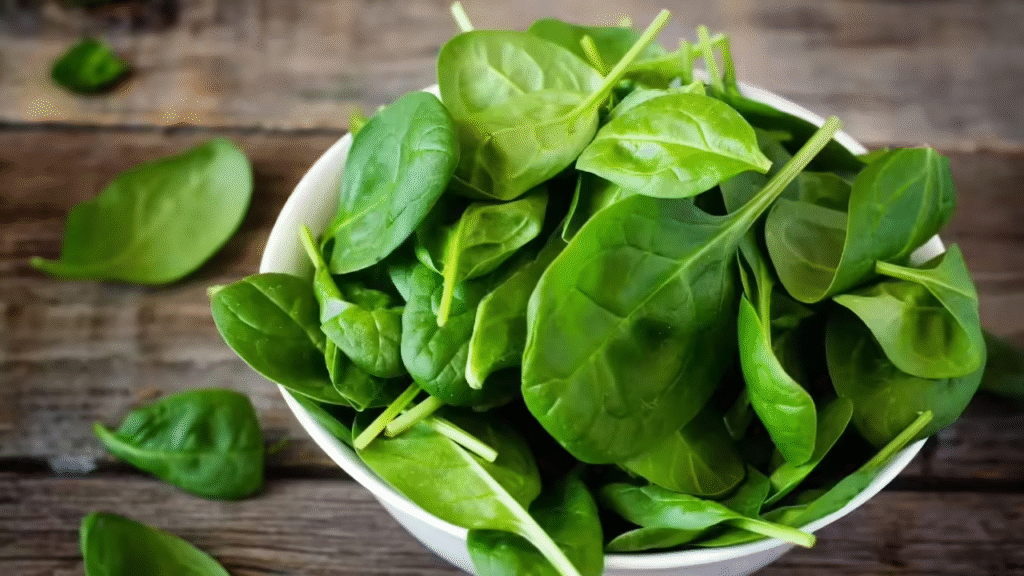
Origin : Native to Persia (present-day Iran), spinach has long been valued for its ability to provide vigour and therapeutic benefits.
Nutrients : Iron, Calcium, Magnesium, Potassium.
Vitamins : Folate (B9), Vitamin C, Vitamin K1, Vitamin A (as beta-carotene).
Benefits for Fitness :
• Increases muscle performance by lowering oxidative stress.
• Rich in iron, which enhances the muscles’ ability to receive oxygen.
• Uses anti-inflammatory substances to aid in healing after exercise.
When to Eat : Great in salads, smoothies, or sautéed dinner dishes after working out.
Use : Add to soups, smoothies, omelettes, or softly sauté with olive oil and garlic.
Recipes : Almond milk, banana, spinach, and chia seeds in a green smoothie.
Caution : If you have kidney stones, stay away from eating too much raw spinach because it contains oxalates that might hinder the absorption of calcium.
Research Tip : According to a study published in the Journal of Applied Physiology, spinach nitrate helps athletes’ muscles work better.
Benefits : Rich in nutrients, low in calories, and increases endurance.
Drawbacks : Raw food may taste bitter; excessive consumption may affect calcium levels.
Second In Fitness Foods ( Broccoli )
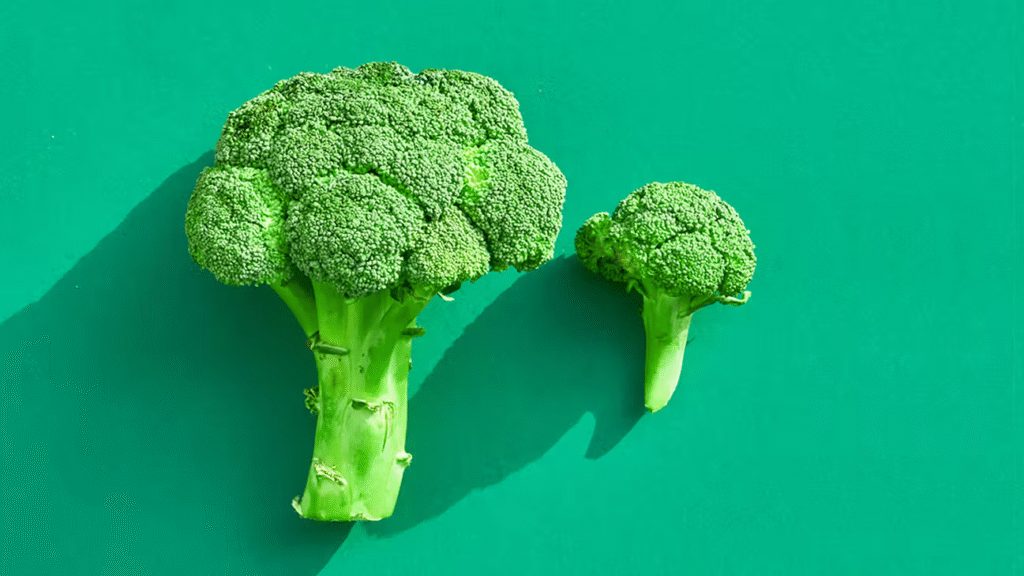
Origin : An Italian cruciferous vegetable that has been grown since the Roman era.
Nutrients : Sulforaphane, Potassium, Selenium, Iron, and Fibre.
Vitamins : Folate, C, K, and A.
Benefits for Fitness :
• Sulforaphane promotes hormonal equilibrium, which is essential for strength training.
• Supports detoxification and fat metabolism.
• Prevents oxidative damage to muscles.
When to Eat : To promote recovery and lower inflammation, it is best to eat right after doing out.
Use : stir-frying, roasting with olive oil, or steaming with lemon juice.
Recipes : Stir-fried broccoli with tofu and sesame seeds.
Caution : If consumed uncooked or in excess, it may result in gas.
Research Tip : Packed with glucoraphanin, a detoxifying substance that has been demonstrated to enhance liver function.
Benefits : Excellent for cleansing, recuperation, and fat loss.
Drawbacks : Some persons may have bloating.
Third In Fitness Foods ( Carrots )
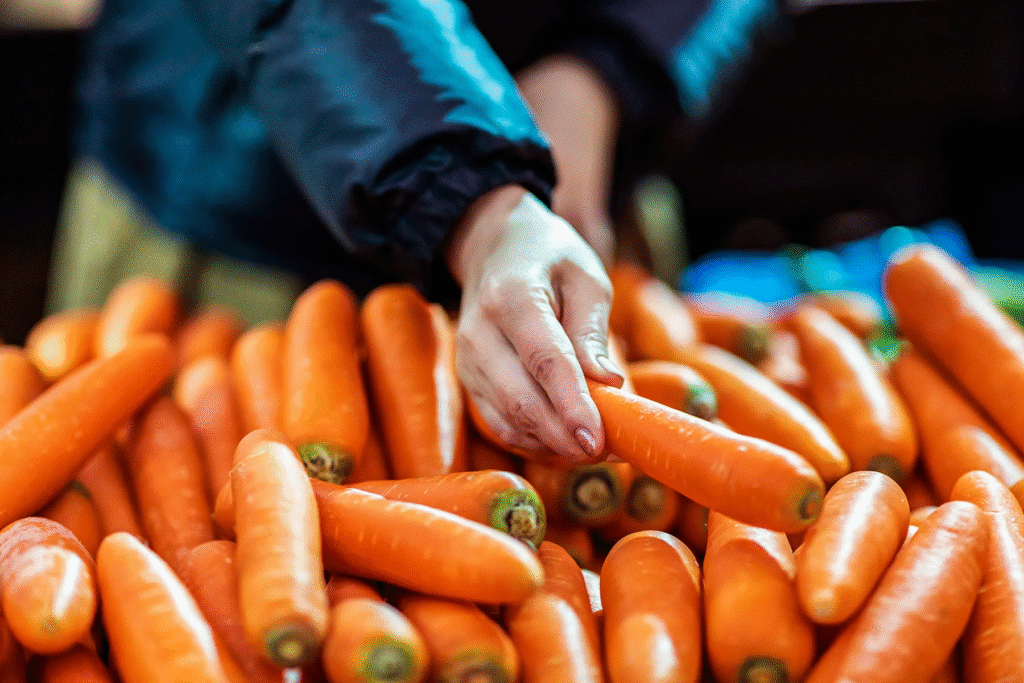
Origin : Originally grown in Central Asia and Persia.
Nutrients : Potassium, Fibre, Beta-carotene, and Antioxidants.
Vitamins : Biotin, A, K1, and B6.
Benefits for Fitness :
• Beta-carotene strengthens the immune system.
• Fibre helps you manage your weight by keeping you full.
• Enhances skin health, making it perfect for outdoor sportsmen.
When to Eat : Perfect as a snack before or after working out.
Use : roasted with seasonings, juiced, raw in salads, and protein wraps.
Recipes : Lemon-carrot-ginger detox juice.
Caution : Excessive intake may result in carotenemia, or an orange skin tone.
Research Tip : DNA is shielded from stress caused by exercise by high antioxidant levels.
Benefits : High in antioxidants, low in calories, and excellent for eye health.
Drawbacks : When cooked, it has a slightly elevated glycaemic index.
Fourth In Fitness Foods ( Sweet Potato )
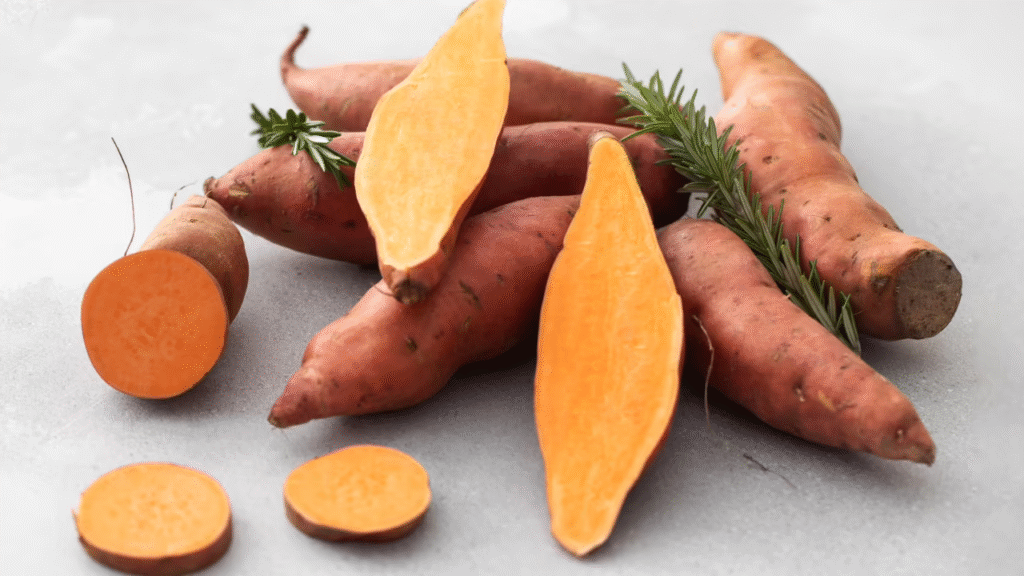
Origin : Indigenous to South and Central America.
Nutrients : manganese, fibre, and complex carbs.
Vitamins : B6, E, C, and A.
Benefits for Fitness :
• Great pre-workout nutrition made with complex carbohydrates.
• Electrolyte equilibrium is aided by high potassium.
• Encourages the restoration of muscle glycogen.
When to Eat : Eating should be done 30 to 60 minutes before working out or right after to aid with recuperation.
Use : baking, mashing, boiling, and making sweet potato toast.
Recipes : Lemon and chili-topped baked sweet potato wedges.
Caution : If overcooked or consumed without fibre, it may cause a blood sugar increase.
Research Tip : Stabilises energy to improve endurance performance.
Benefits : anti-inflammatory, high in fibre, and an energy boost.
Drawbacks : Not appropriate for extremely low-carb diets.
Fifth In Fitness Foods ( Garlic )
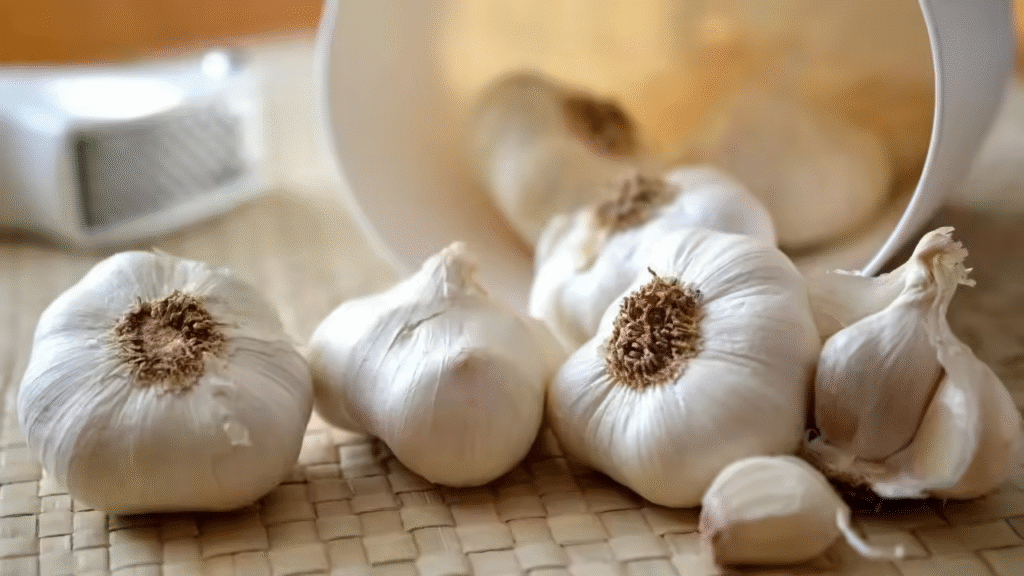
Origin : Found in Central Asia, it was extensively utilised in ancient Egyptian and Greek medicine.
Nutrients : manganese, sulphur compounds, and allicin.
Vitamins : B6 and C.
Benefits for Fitness:
• Allicin increases blood flow, which helps muscles get oxygen.
• During training cycles, sickness is avoided thanks to natural antimicrobial qualities.
• Promotes heart health and lowers blood pressure.
When to Eat : For workout meals, it’s best to eat them with meals or marinade them.
Use : Cooked with stir-fry dishes or raw in salad dressings.
Recipes : Chicken breast with garlic and olive oil.
Caution : If ingested uncooked in large quantities, it may induce digestive distress or foul breath.
Research Tip : Supplementing with garlic has been shown to increase workout endurance.
Benefits : anti-inflammatory, circulatory support, and immune enhancer.
Drawbacks : Potent odour and possible gastrointestinal distress.
Sixth In Fitness Foods ( Onion )

Origin : Originating in the Middle East and Central Asia, it has been cultivated for more than 5,000 years.
Nutrients : fibre, sulphur compounds, and flavonoids (such as quercetin).
Vitamins : folate, B6, and C.
Benefits for Fitness :
• Quercetin is a potent antioxidant that reduces inflammation in muscles.
• Increases blood flow and facilitates the supply of oxygen to muscles.
• A natural blood sugar regulator that promotes weight reduction.
When to Eat : To combat oxidative stress, eat well after working out.
Use : Raw in salads, caramelised in wraps, or sautéed with lean meats.
Recipes : Greek yoghurt dressing, raw onion, and grilled chicken wrap.
Caution : Avoid eating raw onions right before a public workout as they may create gas or foul breath.
Research Tip : It has been demonstrated that quercetin increases an athlete’s VO2 max and endurance.
Benefits : Enhances heart health, lowers cholesterol, and boosts immunity.
Drawbacks : Sensitive people may get digestive problems while eating raw.
Seventh In Fitness Foods ( ( White ) Potato )
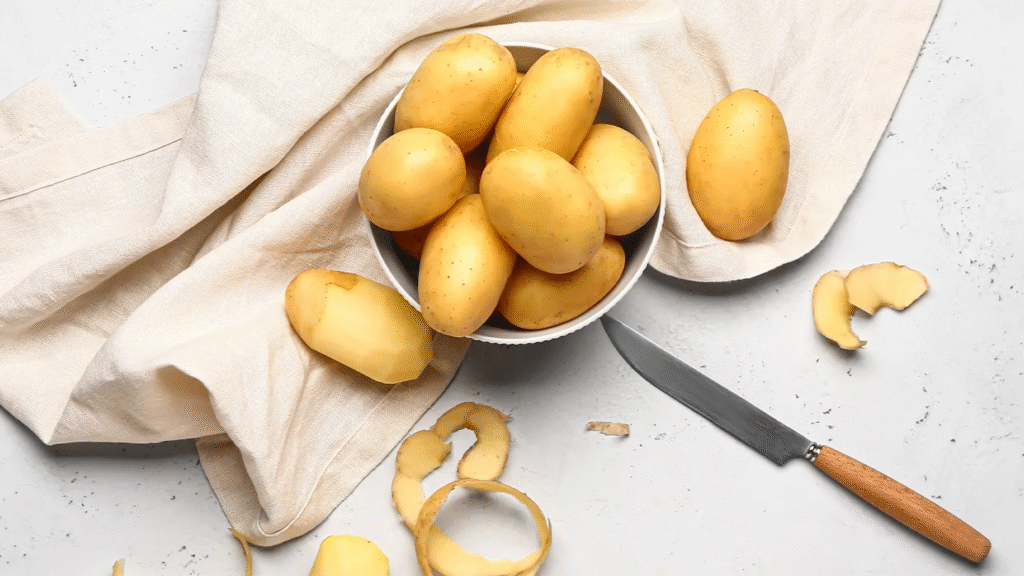
Origin : A staple crop grown all over the world, native to the Andes in South America.
Nutrients : resistant starch, potassium, magnesium, and carbohydrates.
Vitamins : niacin, B6, and C.
Benefits for Fitness :
• Great for replenishing glycogen after intense exercise.
• Muscle cramps are prevented by a high potassium concentration.
• Blood sugar management and intestinal health are aided by resistant starch.
When to Eat : On refeed days or just after a workout.
Use : Boil or bake (do not deep fry).
Recipes : Paneer cubes, olive oil, herbs, and roasted potatoes in a bowl.
Caution : Benefits are negated by frying or overbuttering.
Research Tip : White potatoes are equally as good for athletic recovery as pasta or rice, according to a 2020 study.
Benefits : Natural energy source, adaptable, aids with digestion.
Drawbacks : If consumed in excess or in processed forms, it may cause a blood sugar increase.
Eighth In Fitness Foods ( Cucumber )

Origin : It is thought to have originated more than 3,000 years ago in India.
Nutrients : potassium, silica, and 95% water.
Minerals : K, C, and B5.
Benefits for Fitness :
• Helps with endurance and recuperation by keeping you hydrated.
• Silica supports the health of ligaments and joints.
• Low-calorie filler when trying to lose weight.
When to Eat : Excellent before or after exercise, particularly in hotter regions.
Use : Blend into detox smoothies, add to salads, or add to infused water.
Recipes : cucumber raita or mint-cucumber detox water.
Caution : People with gastrointestinal disorders may find it very chilly.
Research Tip : Because of its electrolyte profile, it’s great for post-cardio rehydration.
Benefits : hydrates, calms, and enhances skin health.
Drawbacks : Doesn’t provide enough calories for muscle builders.
Ninth In Fitness Foods ( ( Capsicum ) Bell Peppers )
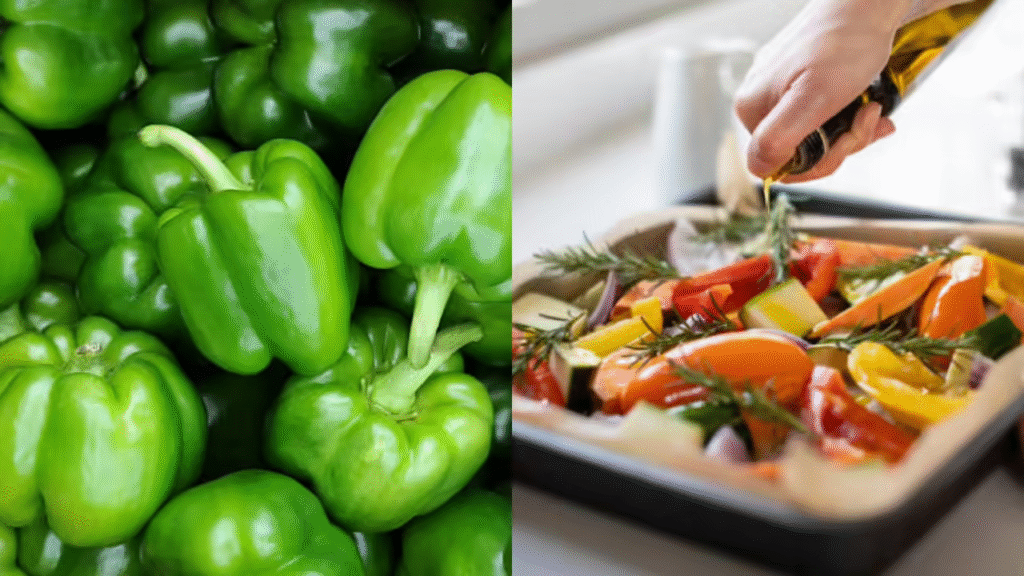
Origin : Indigenous to northern South America, Mexico, and Central America.
Nutrients : potassium, carotene, and capsaicin (found in hot peppers).
Vitamins : C, A, E, and B6 .
Benefits for Fitness :
• Exceptionally high in vitamin C for collagen production and recovery is one of the fitness benefits.
• Antioxidants combat weariness in the muscles.
• Capsaicin increases fat burning and metabolism.
When to Eat : Best consumed before exercise to burn fat or during recovery meals after exercise.
Use : Raw in wraps, roasted, or grilled.
Recipes : colourful fajita bowl or grilled capsicum with tofu.
Caution : May cause sensitive stomachs to experience heartburn.
Research Tip : Research indicates that capsaicin raises energy expenditure and thermogenesis.
Benefits : Increases crunch, aids in fat loss, and boosts immunity.
Drawbacks : Raw forms may cause digestive irritation.
Tenth In Fitness Foods ( Cabbage )
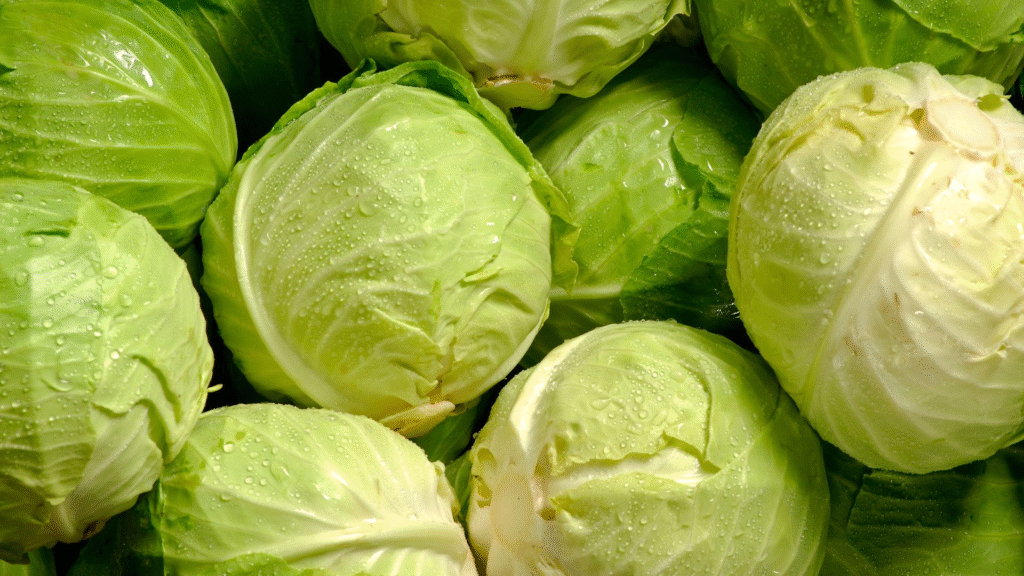
Origin : Used in ancient medicine; cultivated in Europe since 1000 BC.
Nutrients : Sulforaphane, glucosinolates, and fibre.
Vitamins : C, K, and B9.
Benefits for Fitness :
• Glucosinolates aid in liver detoxification, which is essential for fat metabolism.
• Gut health is supported by high fibre.
• Vitamin C promotes immunological response and collagen repair.
When to Eat : Promotes detoxification and digestion; best with lunch or dinner.
Use : Add to soups, stir-fry, or shred into slaws.
Recipes : mustard seeds, green peas, and stir-fried cabbage.
Caution : Consuming a lot of raw food can result in bloating.
Research Tip : Supplement-using fitness enthusiasts have reported anti-ulcer effects from cabbage juices.
Benefits : low in calories, anti-inflammatory, and detoxifying.
Drawbacks : Large doses are not recommended for those with thyroid conditions.
In conclusion
Since they offer vital vitamins, minerals, antioxidants, and fibre that promote all facets of physical performance and recuperation, vegetables are the true foundation of any successful fitness diet or fitness foods. Your body will have the building blocks it needs for immune resilience, energy production, and muscle repair if you include a range of these nutrient-dense fitness foods in your meals. In fitness foods Vegetables provide unrivalled benefits with little calories, whether your goal is to burn fat, increase endurance, or develop strength.

These fitness foods not only fuel your workouts but also support hormonal balance, aid in digestion, and lower inflammation, all of which contribute to long-term health. Their organic fitness foods substances speed up recuperation and shield your body from oxidative damage brought on by rigorous exercise, which makes it simpler to maintain consistency and accomplish your fitness objectives. You can maximise your nutrition and get the most out of your exercise routine by selecting the proper fitness foods like vegetables and eating them at the right times.
You can improve your general quality of life and your diet by include these vegetables as essential fitness foods. Vegetables’ combination of vitamins, minerals, and antioxidants lays the groundwork for long-term fitness, increased energy, and better body composition. Therefore, never undervalue the power of fitness foods like vegetables—they are nature’s original performance enhancers—regardless of your level of fitness.
Click here to view Part 2 👇🏻
Follow us on
Instagram – Damn Fitt
Twitter – https://x.com/damnn_fit
Facebook – https://www.facebook.com/profile.php?id=61578307628888
Start Your Fitness Now – ( https://fitdamn.com/the-greatest-morning-exercise-programs-for-beginners/ )👇🏻

Benefits of Workout – ( https://fitdamn.com/the-greatest-morning-exercise-programs-for-beginners-2/ )👇🏻

Let’s Know About Jasprit Bumrah’s Fitness – ( https://fitdamn.com/jasprit-bumrahs-fitness-and-bowling-routine/ ) 👇🏻

Let’s Know About Fitness Powerhouse – ( https://fitdamn.com/developing-into-a-fitness-powerhouse/ )👇🏻

Let’s Know About Rishabh Pant Fitness – ( https://fitdamn.com/rishabh-pant-a-story-of-strength-physical-fitness/ )👇🏻

Let’s Know About IShowSpeed Fitness – ( https://fitdamn.com/ishowspeed/ )👇🏻

Let’s Know About Ben Stokes Fitness – ( https://fitdamn.com/the-amazing-journey-of-ben-stokes/ )👇🏻

Let’s Know About Test Cricket Fitness – ( https://fitdamn.com/5-days-of-combat-test-cricket-fitness-difficulties/ ) 👇🏻

Let’s Know About Fitness Mistakes – ( https://fitdamn.com/15-fitness-mistakes-beginners-must-avoid/ ) 👇🏻
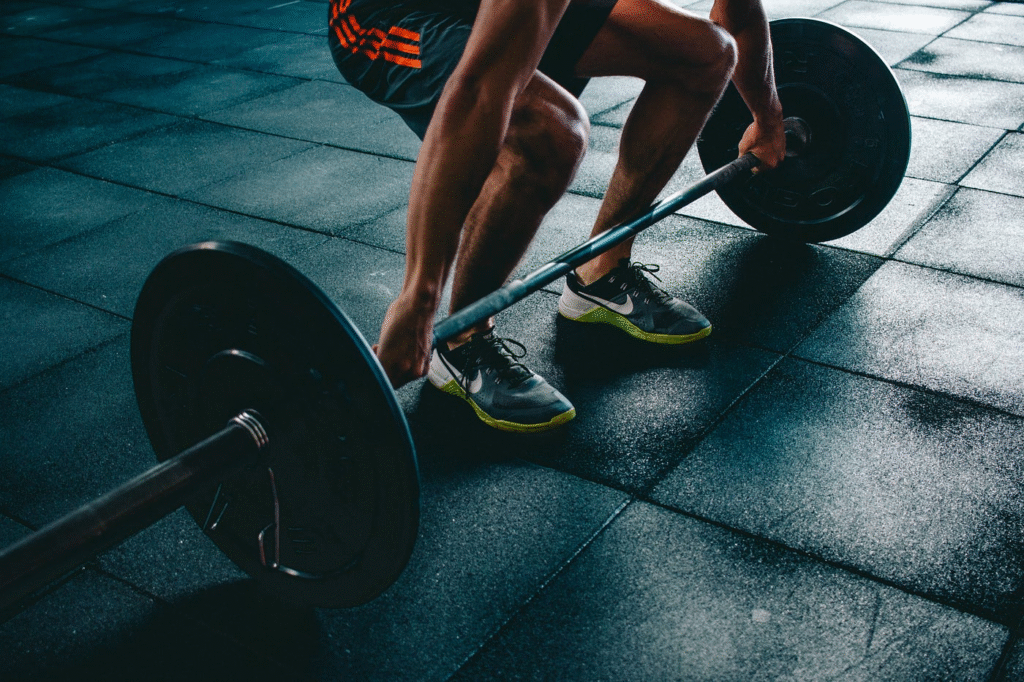
Let’s Know About 7-Day Of Greatest IShowSpeed Fitness Challenge – ( https://fitdamn.com/the-7-day-of-greatest-ishowspeed-fitness-challenge/ )👇🏻

Let’s Know About 10 Fitness Tricks Tom Cruise Uses to Stay Toned at 62 – ( https://fitdamn.com/10-fitness-tricks-tom-cruise-uses-to-stay-toned-at-62/ )👇🏻

Let’s Know About 100 Powerful Motivational Quotes to Help You Succeed – ( https://fitdamn.com/100-powerful-motivational-quotes-to-help-you-succeed/ )👇🏻

Let’s Know About Mohammed Siraj’s Fitness – ( https://fitdamn.com/mohammed-siraj-fitness5-secretsincluding200-wicket/ )👇🏻

Let’s Know About Tom Holland 7 Greatest Techniques for Training (Spider-Fit Program) – ( https://fitdamn.com/tom-holland-7-greatest-techniques-for-training/ )👇🏻

